Adding onto an existing metal building involves a meticulous process that ensures structural integrity, aesthetic coherence, and practical functionality.
Expanding an existing metal building can be a cost-effective solution to accommodate growing needs, whether it’s for extra storage, workspace, or living area.
The process involves careful planning and several crucial steps such as assessing the current structure, designing the addition, acquiring the necessary permits, and finally, the construction phase.
This article provides a comprehensive guide on how to successfully add onto an existing metal building, detailing each step to ensure a seamless and efficient extension process.
So, if you’re considering an expansion of your metal structure, this is your one-stop resource for all the information you need.
Key takeaways:
- Evaluating the Need for Expansion: Determine additional space requirements.
- Determining the Type of Expansion: Choose width, length, or height.
- Location and Land Considerations: Assess topography, zoning, and neighbor considerations.
- Planning and Designing the Expansion: Consider purpose, consistency, and future needs.
- Preparing the Existing Structure: Inspect, consider utilities, match materials.
Evaluating the Need for Expansion
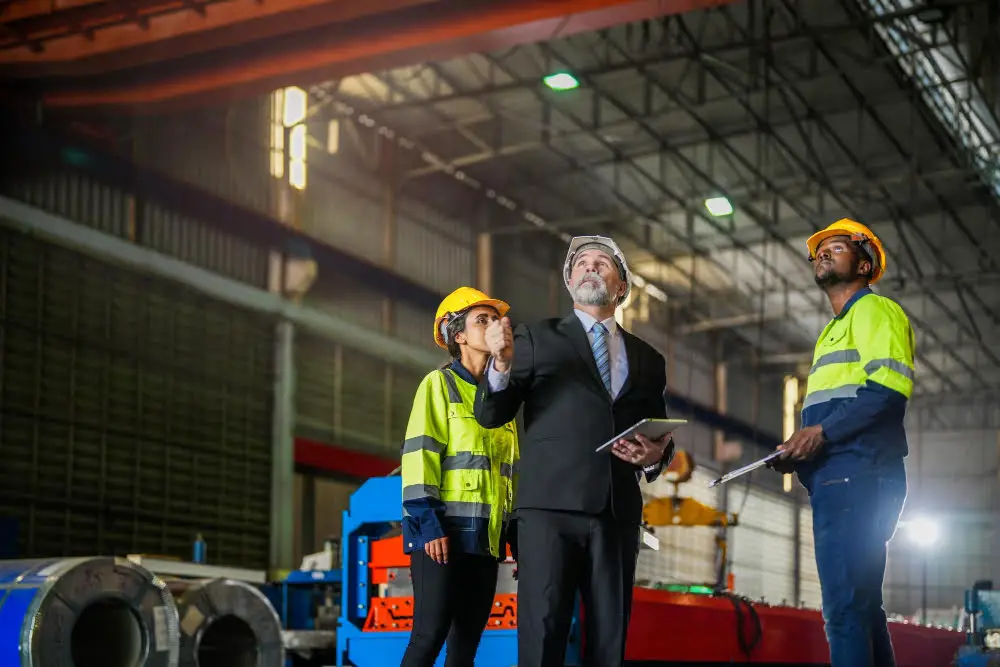
Time, business growth, and changing needs often warrant the need for expanding a metal building. First, it’s crucial to determine how much additional space is required and what it will be used for. Is it for storage, production, office space, or something else? A clear understanding of the purpose will influence the overall design. Always bear in mind future requirements to allow for further scalability if necessary. Considering these factors will streamline the next steps and save time and expenditure in the long run.
Determining the Type of Expansion: Width, Length, or Height
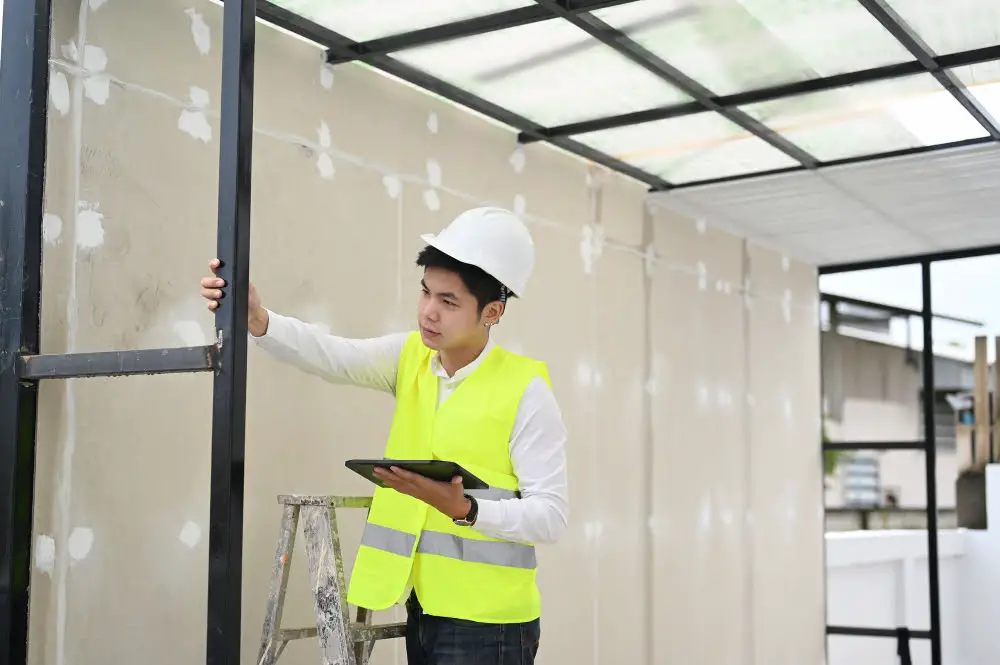
Before you can embark on the actual expansion, it’s important to understand the kind of addition you need. Consider whether adding width or length will suffice for your space requirements, or if increasing the building’s height is a better option.
1. Width: Expanding the width requires adding frames to the building’s side. It’s a great option when floor space is a priority. However, keep in mind that this could interfere with the placement of doors or windows.
2. Length: If the layout of your land permits, length is often the most straightforward addition to a metal building. It typically involves extending the long axis of the existing structure.
3. Height: Height expansion is usually the most complex since it can involve restructuring the roof. This could be beneficial when trying to accommodate large equipment or create a loft space.
All options come with unique challenges and benefits. Consider your specific space needs, budget, and property constraints to determine the best choice.
Location and Land Considerations for Expansion

It’s imperative to take into account the land’s topography and soil conditions when planning your building expansion. Unstable ground or areas prone to flooding might not be suitable. Ensure there’s appropriate access for construction machinery and later for entry points in the new section.
Check zoning regulations and building codes specific to your area; some may restrict the type of extension or its size. You may require permits for the expansion.
Consider your neighbors too. Avoid expansion plans that would obstruct their views, create excessive noise, or otherwise compromise their enjoyment of their property.
Lastly, consider future growth potential. If there’s a possibility of more expansions later on, allocating space accordingly could save time and money in the long run.
Planning and Designing the Expansion
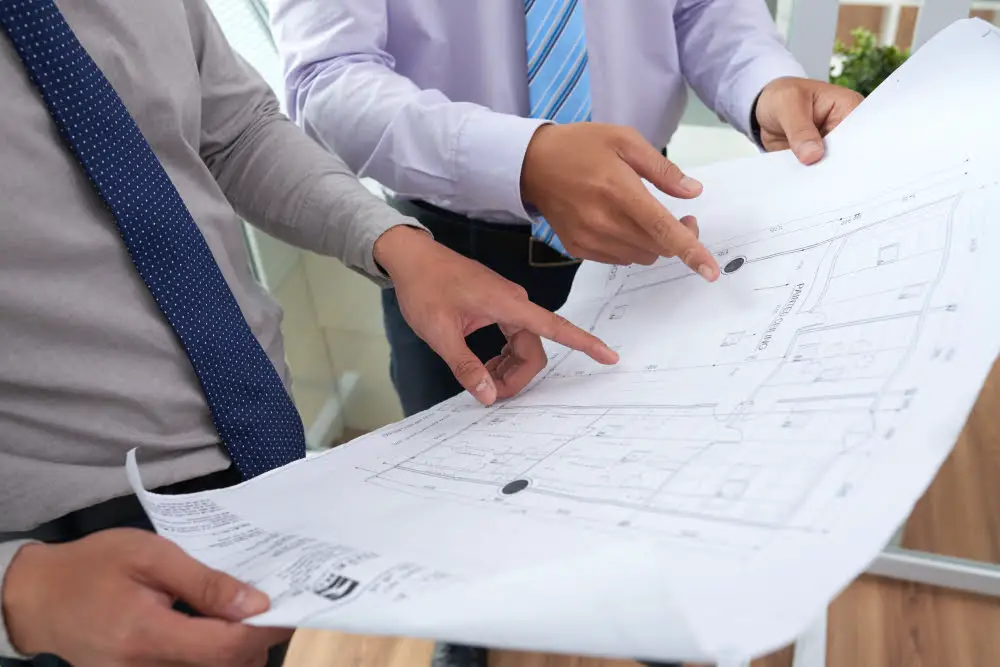
Ideal planning and designing involves a thoughtful, comprehensive approach. Firstly, ensure that the expansion suits the purpose of the building. Whether the addition is to facilitate more storage, workspace, or machinery, it should blend seamlessly with the current structure. Keep the purpose in mind at all times; this will guide the layout and the potential need for special additions like extra doors or ventilation systems.
Secondly, maintain consistency in the materials and the style of the building. Uniformity in design bolsters the structural integrity and aesthetic appeal of the total construction.
Lastly, remember to account for future needs. Though it may require a higher initial investment, planning for potential future expansions can save considerable time, effort, and financial resources in the long run. Use modular designs, which are more adaptable to alterations and additions. This foresight will also reduce the need for disruptive demolitions and reconstructions later.
In the planning and designing phase, efficiency is key. Aim to make well-informed decisions that combine practicality, economy, and aesthetics.
Choosing the Right Providers for Metal Building Expansions

An integral part of your expansion process is selecting a competent manufacturer and contractor. Consider their expertise, work history, certifications, and overall reputation in the industry. Take the time to research potential providers, checking customer reviews and asking for references.
Moreover, it’s essential to assess a provider who has a proven track record in constructing expansions specifically. They should have adequate understanding of key technical aspects, such as how to ensure the new addition blends seamlessly with the existing structure and how to reinforce the structure during construction.
Another crucial factor is whether the provider offers warranties or guarantees for their work. This can offer some peace of mind, as it demonstrates they are confident in the quality of their work.
Finally, cost is always a factor, but it is not the only one. Avoid choosing providers based solely on cost, as it can sometimes be a reflection of inferior materials or workmanship. Instead, consider the value that the provider offers, balancing cost with quality and service.
Preparing the Existing Structure for Expansion
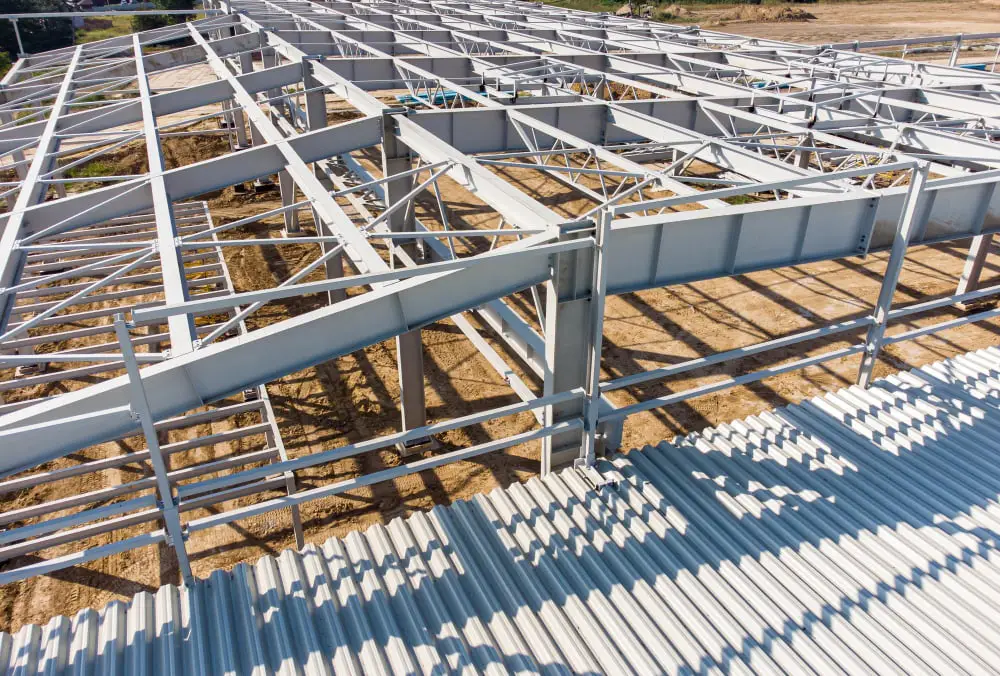
Before initiating any work, it’s crucial to conduct a thorough inspection of the existing structure’s soundness and stability. A licensed engineer should evaluate load-bearing walls, roof trusses, and foundation to guarantee they can handle the additional weight. Any weaknesses must undergo necessary reinforcements to ensure structural integrity.
Think about utility connections. Consider how power, water, and sewage systems will be affected, and plan for disruptions or re-routing during the construction phase.
Next, take into account your building’s current cladding and insulation status. Aim to match the new addition in both aesthetic and functional terms. Add or remove insulation as necessary to ensure continuity and energy efficiency across the old and new sections.
Finally, the demolition of walls or other structural elements might be required to connect old and new expansions. Always have a plan in place for managing and disposing of construction debris efficiently. This step helps minimize the environmental impact, adheres to waste disposal regulations, and keeps the work site safe and organized.
Implementing the Expansion
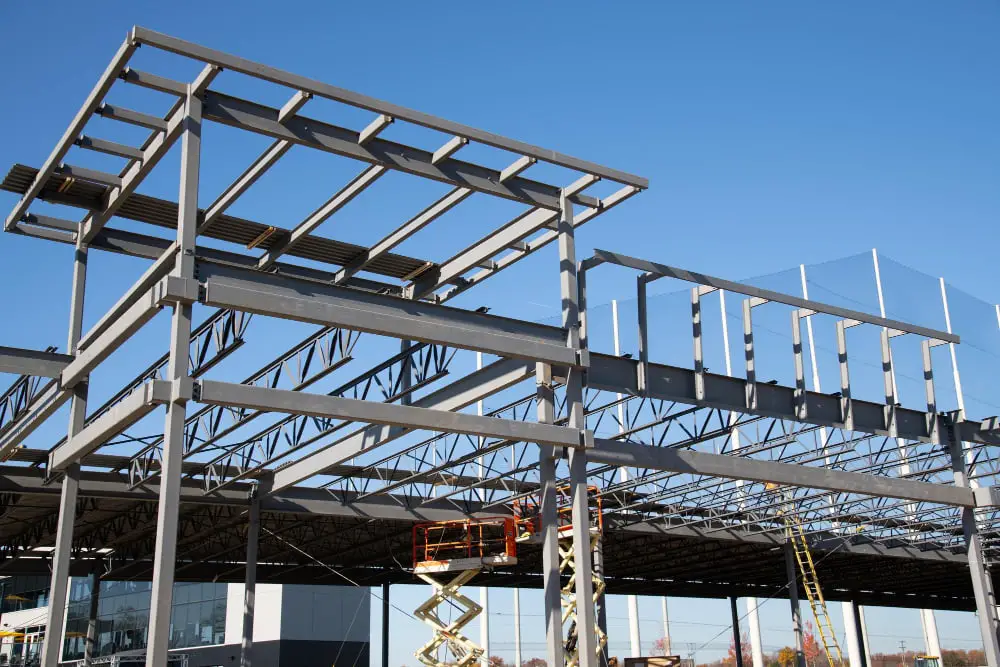
Once your plan has been finalized, you’re ready to embark on the actual expansion. Track your inventory and make sure all materials needed are on site before commencement. Mistakes and errors are commonplace in construction, an eye for detail can make a significant difference in the end result.
As you progress with the construction, it’s recommended to collaborate closely with contractors or builders to ensure everything is on track. They are the professionals in the field with precise expertise in assembling such structures. Regularly overseeing their work aids in avoiding unanticipated issues and delays.
Also, for safety reasons, keep unnecessary personnel away from the construction site. Working in a clutter-free environment allows workers to concentrate better on their job, reducing the possibility of accidents.
One more crucial aspect of the expansion project is weather considerations. Be aware of the anticipated weather forecast during the construction period. Poor weather can hinder the progress, so it’s wise to plan your schedule around it as much as possible.
Lastly, patiently allow the construction process to form at its natural pace. Rushing can often result in poor quality or mistakes, causing further delays. While adhering to a schedule is necessary, quality should never be compromised for a quicker completion time.
The true essence of expanding a metal building efficiently and effectively lies in meticulous planning, strategic execution, and prudent management. Following these guidelines ensures a successful implementation that meets both the aesthetic and functional needs.
FAQ
Can you add on to an existing metal building?
Yes, it is possible to expand an existing metal building to create additional space, making it a viable option for businesses, sports complexes, and distribution centers that need to adapt to their growing size.
How do you expand a steel building?
Expanding a steel building can be achieved economically by incorporating additional frames at either endwall, a process which depends on the original builder’s foresight for potential future enlargement.
Can you add on to a metal shed?
Yes, it is possible to expand a metal shed, catering to various business, storage, or living requirements in an economical and convenient manner.
How do you expand a metal shed?
To expand a metal shed, an opposing gable roof structure is erected perpendicularly to the original structure, with the new structure’s roof peak potentially being lower than or matching the height of the first building’s eave.
What precautions need to be taken while extending a metal building?
When extending a metal building, it is crucial to ensure the structural integrity is maintained, proper permits are acquired, and matching materials are used, all while adhering to safety standards and regulations.
What are the cost implications when adding onto an existing steel structure?
Adding onto an existing steel structure can lead to cost implications such as the price of additional materials, labor costs, possible redesign of the current structure, and potential building permit fees.
Is planning permission needed to extend a metal shed?
Yes, planning permission may be required to extend a metal shed, but it varies based on local zoning laws and regulations.
Recap




